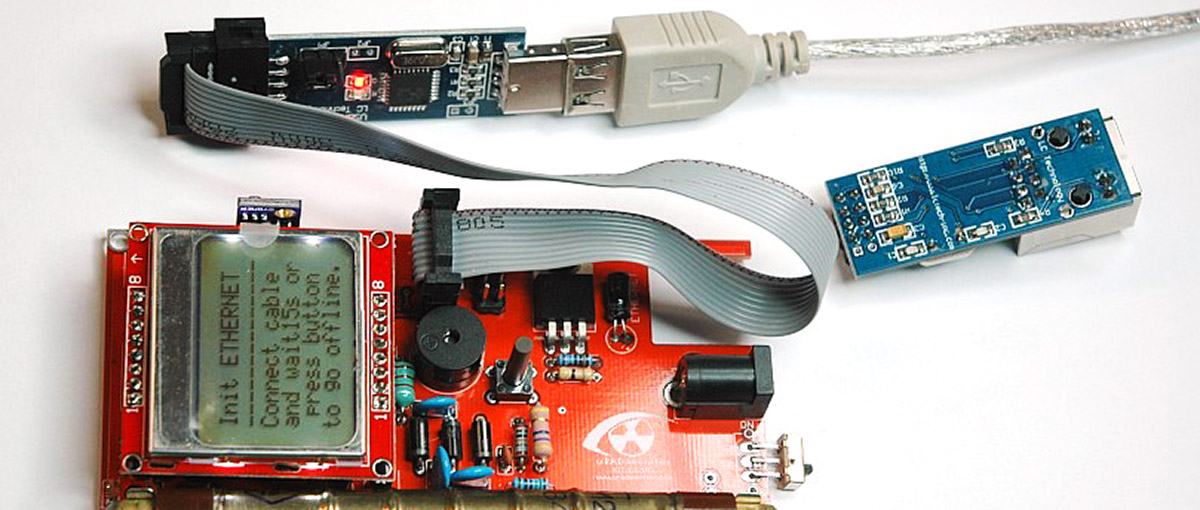This tutorial shows how you can compile and flash the KIT1 firmware on Windows (at least Windows 2000) without going through all the hassle of installing and using Cygwin and Eclipse. As an additional problem, there are several incompatible “make” implementations for Windows, so I decided to avoid “make” too. The AVR8 GNU toolchain does […]
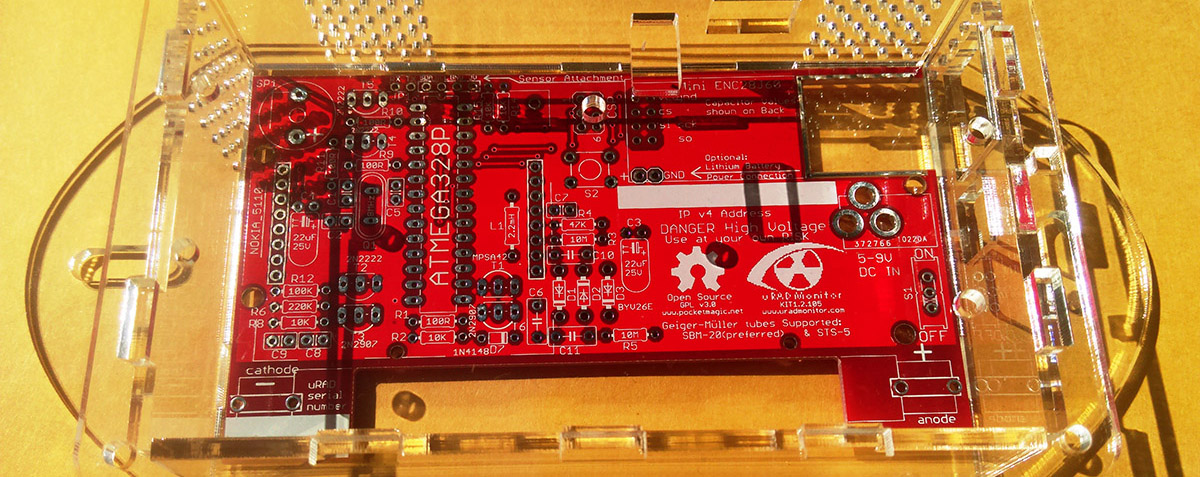
KIT1 “Community Edition”
For some time now, the community helped improving the KIT1 design spawning many custom variants. This proves the utility of the KIT1 as an IOT device: a tiny little gadget, that can talk to the internet on itself, using little power, equipped with a multitude of sensors to sense the world around us. All these […]
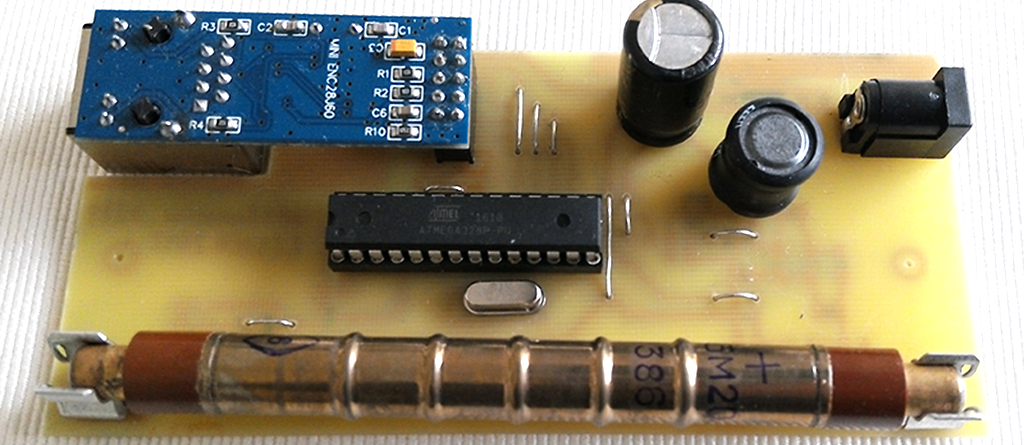
KIT1 screenless variant
Technically this is still a KIT1, and runs KIT1 firmware, but it becomes very similar to a model A unit, as it does everything a model A does. LZ1JER built one for his new weather station based on a Raspberry Pi, which is an impressive construction already: As you can see, this KIT1 variant is […]

Open Source uRADMonitor KIT1
Open Source means collaborative work, joined effort leading to extraordinary things. Recently we saw how a talented maker from Oradea, Romania pushed his KIT1 #uradmonitor unit to the limit! He used a lot of his personal time to build and document something better than the original. In the end he asked for nothing except to […]
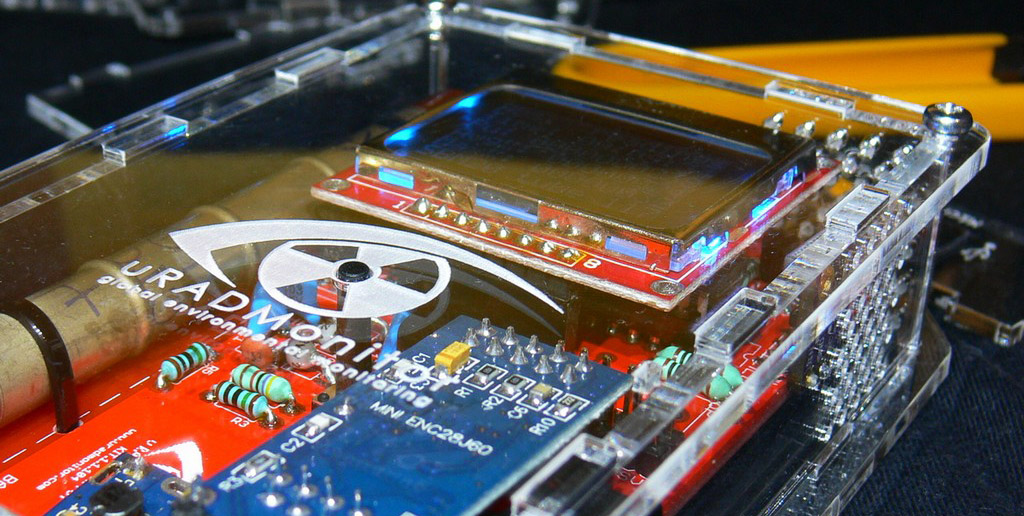
Building the KIT1 with extra features
Last week I’ve assembled a KIT1 and posted some details about it to the forum. radhoo praised the article and asked me to share it on this blog, maybe will be helpful for the readers. So, here is an updated “copy-paste” from the original post. The diy kit is based on the v1.1.104 pcb. It […]
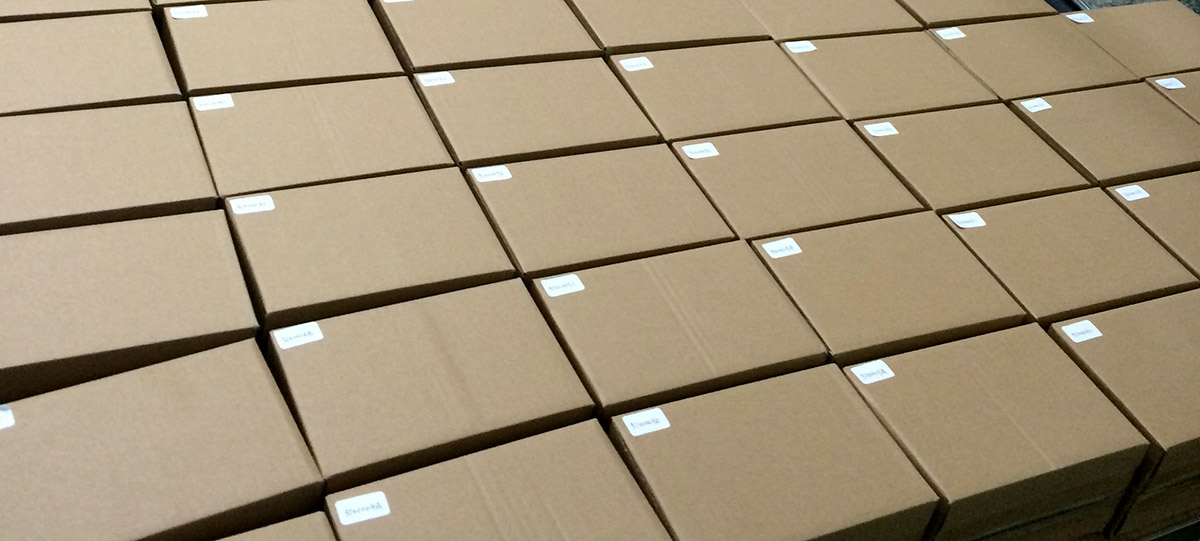
Shipping the KIT1
Preparing to ship at once a large amount of units takes considerable time, mainly because each one needs to be carefully packed with all the accessories and also labeled correctly. Should the uRADMonitor network go for dynamic IDs, things would become a little easier on the logistics side, but for now, each shipping label must […]
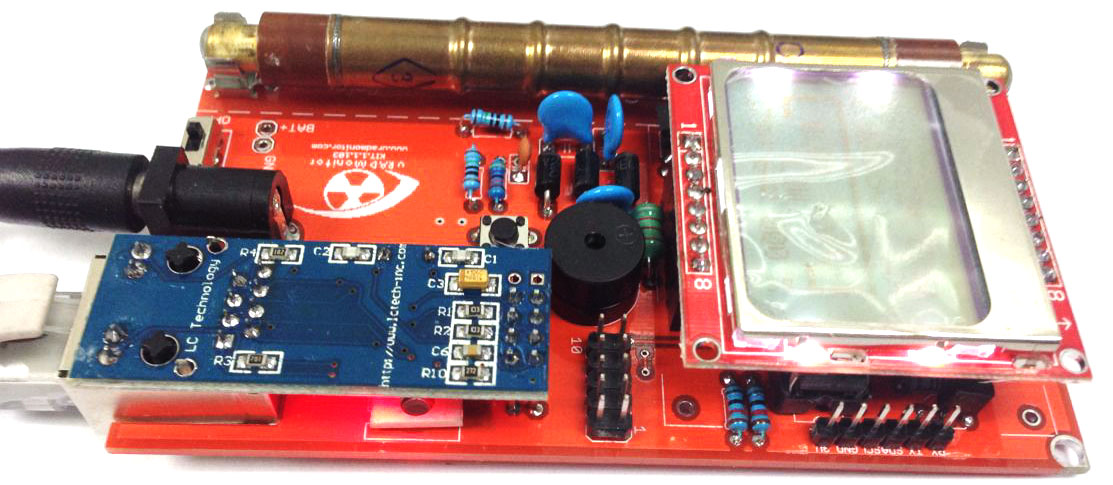
Model KIT1 – Production Ready!
The uRADMonitor network started as a worldwide array of ionising radiation detectors, to deliver comparable radiation readings regardless of location. We’re now using the existing infrastructure to also include air quality measurements (the model D was a first step towards that). The first hardware detector we’ve built was the uRADMonitor model A, a fixed monitoring […]
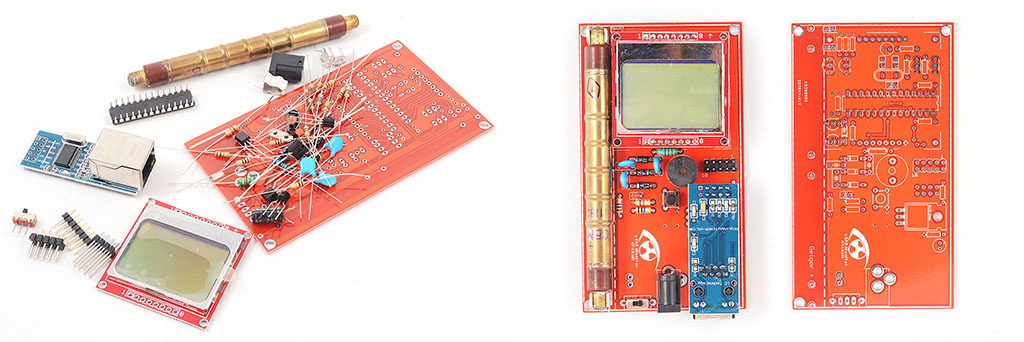
uRADMonitor KIT1.1
The uRADMonitor KIT1.1 is an Open Source Digital Radiation Dosimeter, that can be used both as a portable detector, but also as a monitoring station to upload readings to the uRADMonitor network. It relies on a Geiger tube to detect radiation. This can be build by anyone interested with minimum effort. Construction details are available […]
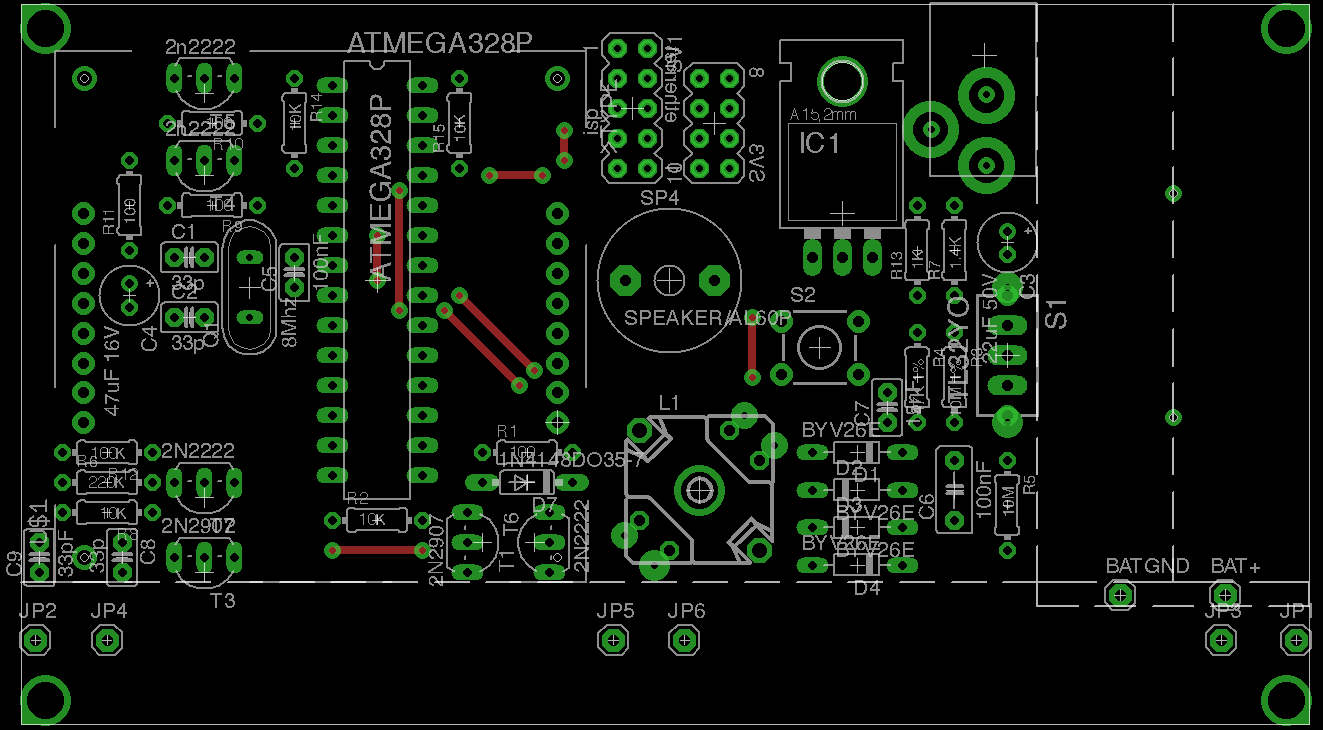
uRADMonitor KIT1
uRADMonitor KIT1 is the first open source DIY dosimeter KIT, that can be used to collect radiation measurements and push them to the uRADMonitor network. Similar to model B that is to be released later this year, the KIT1 is intended for those interested in building their own radiation devices and contribute to the uRADMonitor […]
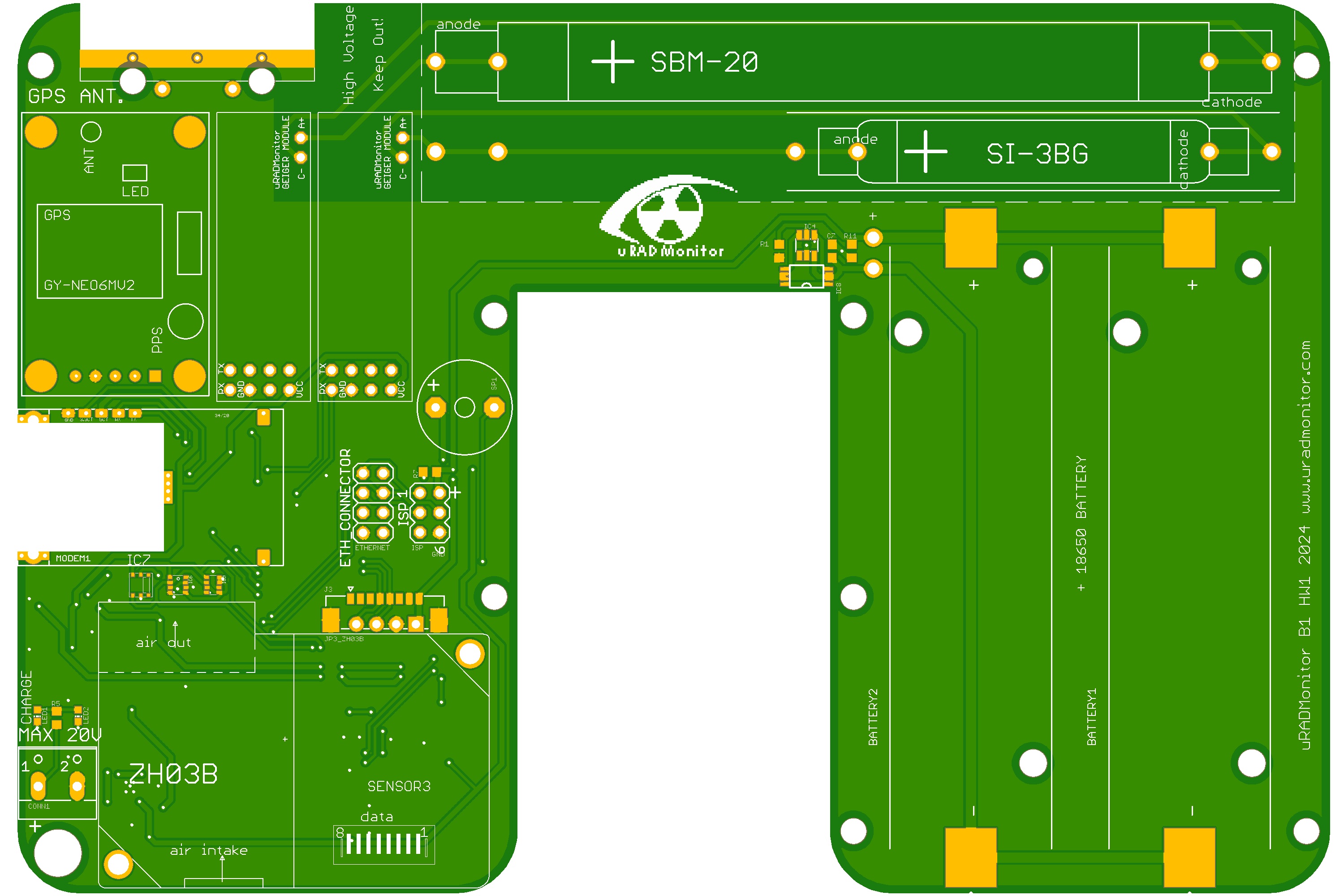
New Radiation Dosimeter runs on solar power
The uRADMonitor MODEL B1 is an automated and autonomous radiation monitor designed to detect both high and low dose rates of gamma radiation. It operates on solar power and transmits data in real time via a GSM radio link. Remote access to the data is offered through the existing API. It’s designed with redundancy as […]
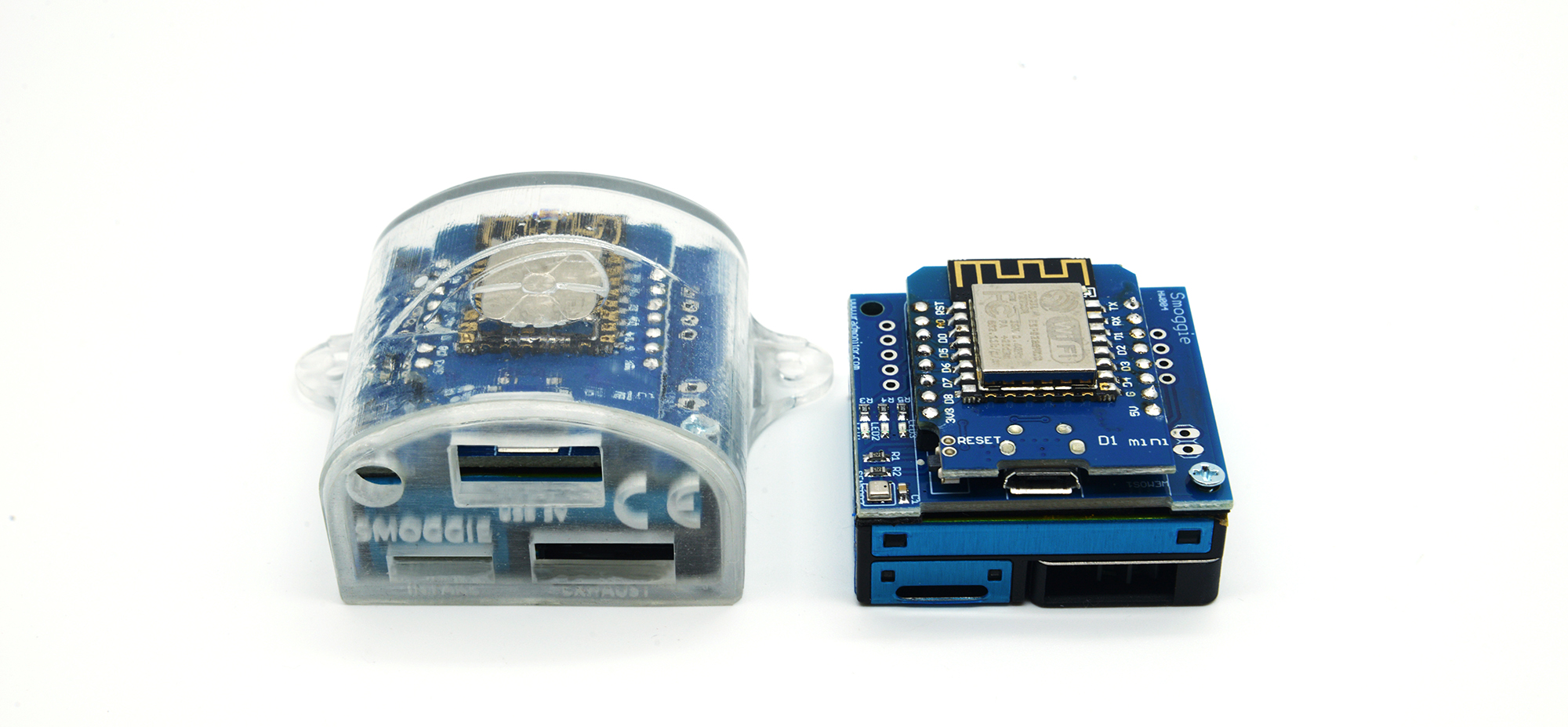
The 4th uRADMonitor SMOGGIE
From day one, uRADMonitor aimed to give people open, comparable and uniform environmental data across large areas. Some time with this project and it became evident that spreading the network uniformly across the world is going to be a challenge. This was mainly due to economic differences of the various countries in the world. Simply […]
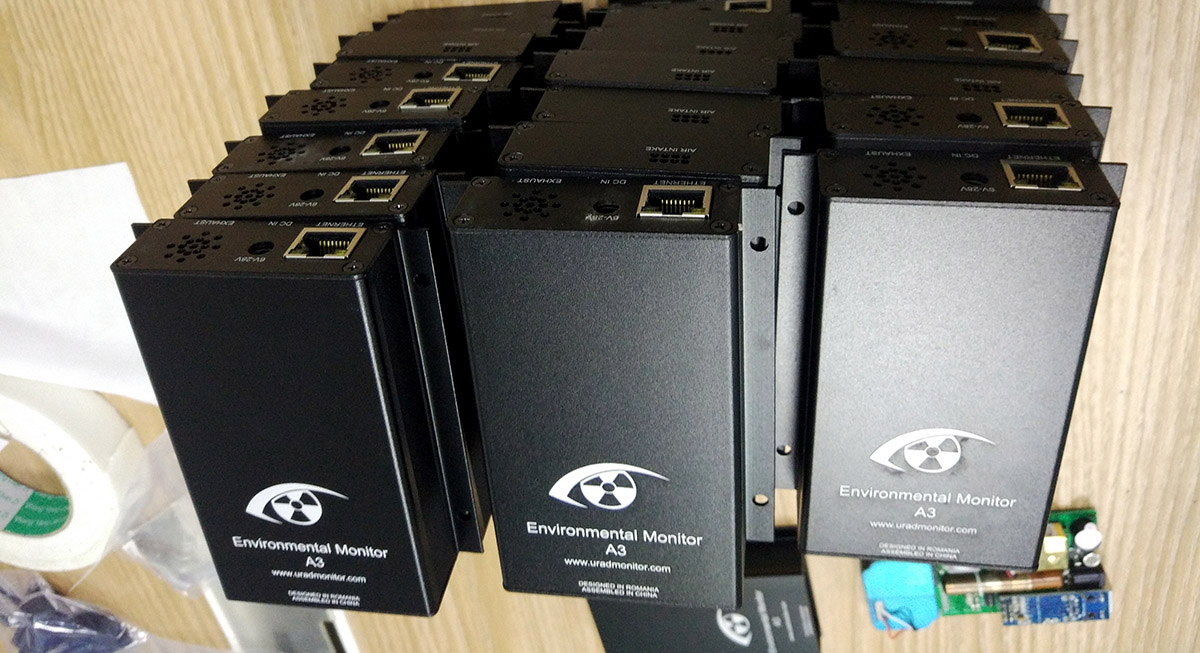
Producing the uRADMonitor A3
The uRADMonitor A3 was first anounced two years ago. During all this time, the product has seen multiple iterations that continuosly improved the hardware. The high number of sensors and the robust design were appreciated among our users. The A3 spread at a fast pace, quickly becoming one of the uRADMonitor most successful designs. To […]
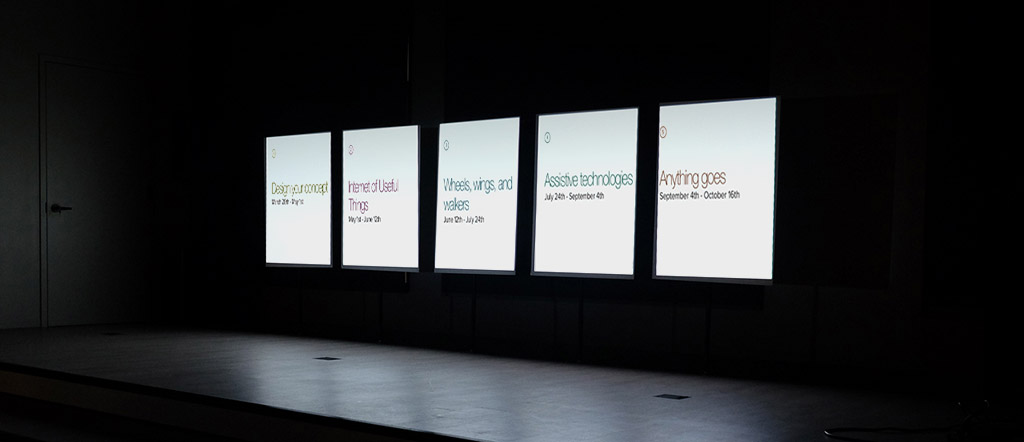
Finalist in Hackaday Prize 2017
uRADMonitor participated in the first edition of the Hackaday Prize, in 2014. Although it was just starting, the global network managed to reach the semifinals in a competition that aimed at “connected things”. Dave Jones blogged about it, and suddenly the entire World knew about uRADMonitor: One year later, with the Portable Environmental Monitor or […]
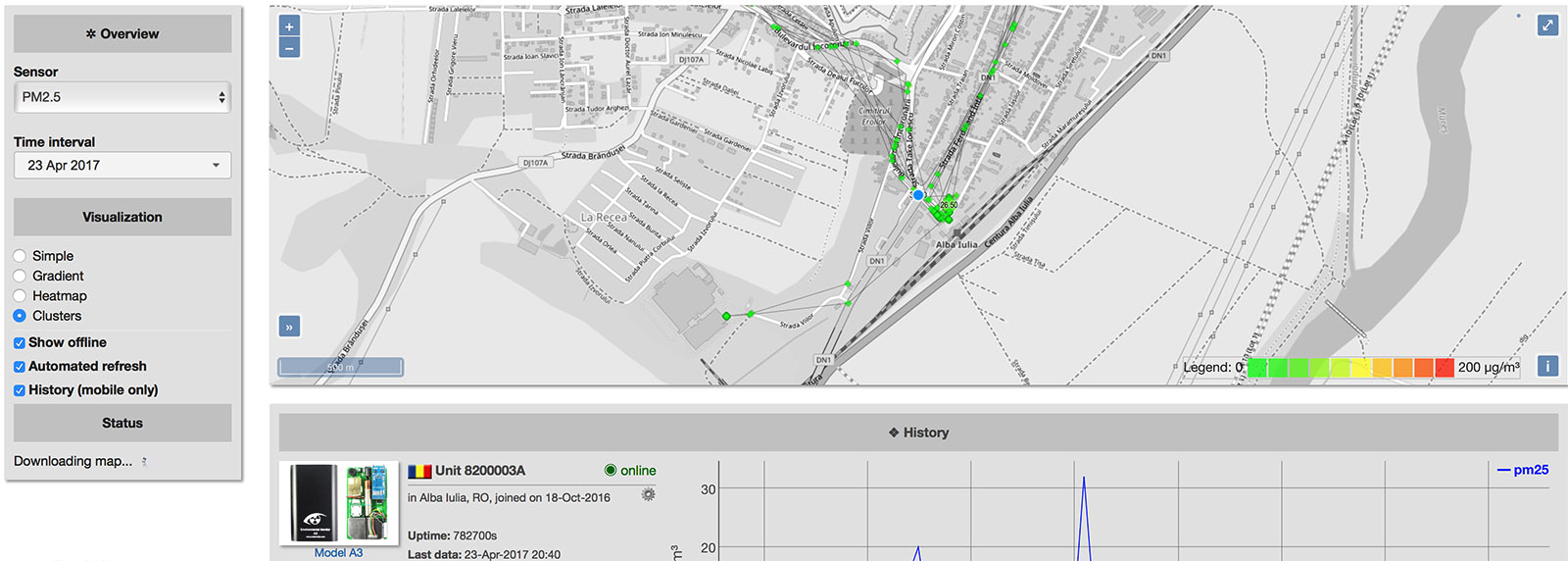
Site v5.0
The continuous improvements to the uRADMonitor network are demanding more changes both to the units themselves but also to the central infrastructure. While we saw considerable progress on the hardware side with the model D and the new model A3 and model CITY units, the server was also been in the attention with important new […]
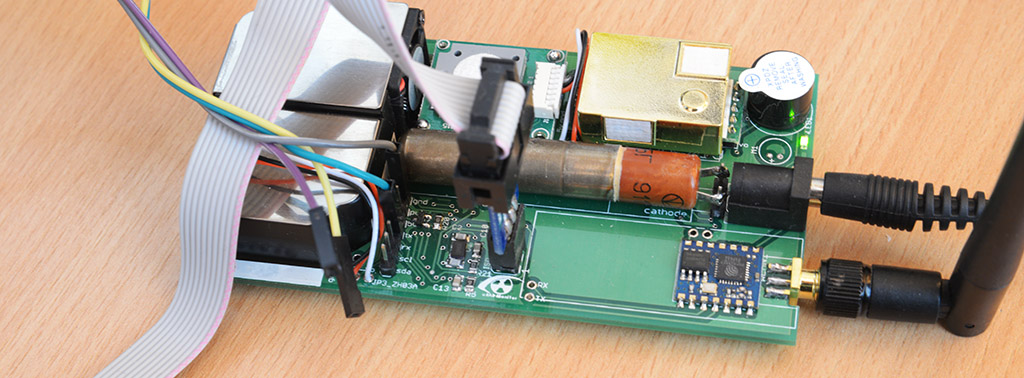
Firmware upgrade for the A3 with Wifi
The uRADMonitor model A, the KIT1 and the model A3 with Ethernet have all taken advantage of various scripts and tools developed by the community which allowed direct data access over their LAN connection. You can see a few of these below: uRADMonitor weather station integration Local stats graph with uRADMonitor RRD Tool graphing Include […]
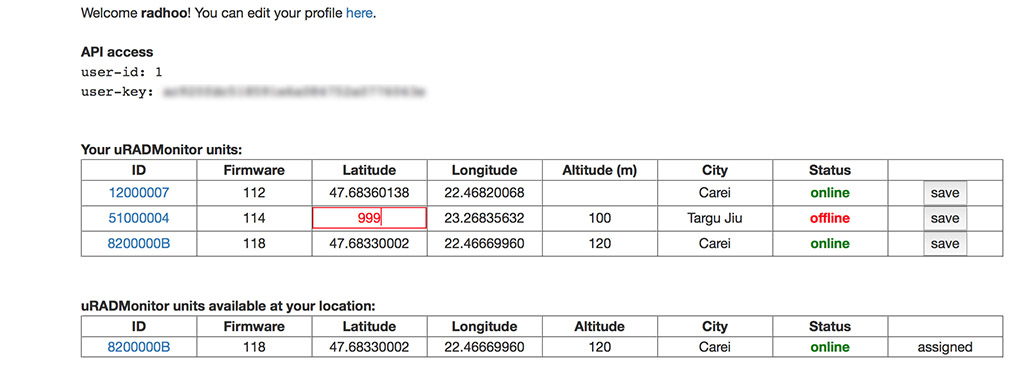
The Dashboard
The purpose of the Dashboard is to offer an interface to the uRADMonitor system, the global data and the uRADMonitor detectors. Dashboard presentation Using the Dashboard, you can see your connected units, add them to your account and manage them further. This includes changing the coordinates of your uRADMonitor unit on the map, either for […]

Dynamic IDs
All the uRADMonitor detectors were designed with a unique hardcoded identifier used to organise the datasets collected. Using this approach we were able to group together measurements collected from any given hardware unit, and display them to the unit owner or on the uRADMonitor frontend, like in this example. We named this identifier a “Device […]
